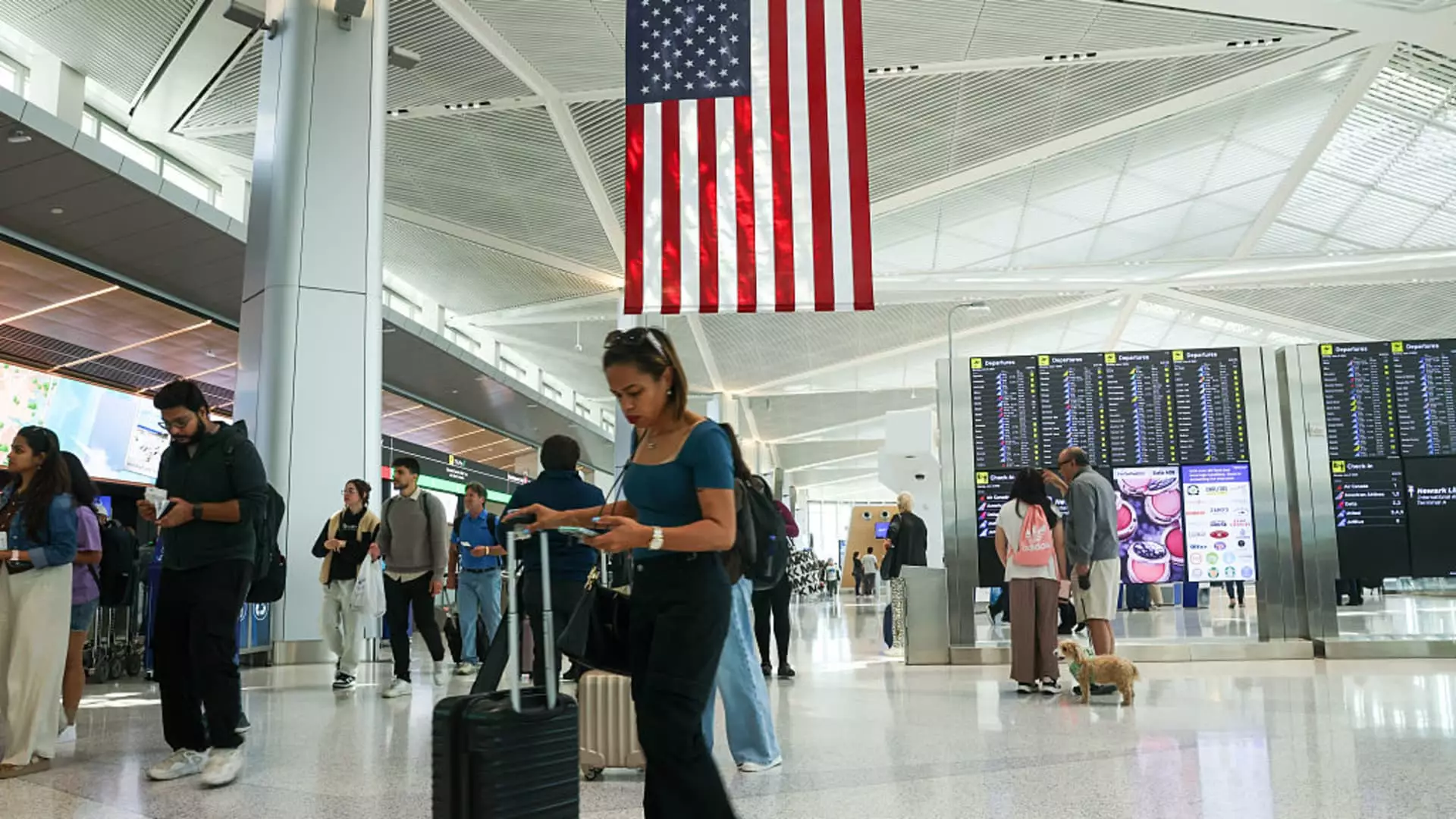The summer travel season often acts as the litmus test for the airline industry’s health, and yet this year’s outlook is clouded with contradictions. While millions are expected to take to the skies between July 1 and July 4, the overall momentum for the year remains elusive. Despite the high travel volume during peak periods, airlines are grappling with an unsettling paradox: falling fares paired with tepid demand. This contradiction signals underlying vulnerabilities that threaten their financial stability well beyond the summer months. The industry’s response—cutting unprofitable flights and delaying optimistic forecasts for 2025—reveals a fragile balance that could tip at any moment.
Economic Resilience on Shaky Ground
The broader macroeconomic environment has shown unexpected resilience, yet the airline sector’s demand metrics paint a different picture. Recent inflation data and stronger-than-anticipated employment figures have momentarily buoyed investor confidence, but these macro signals do not translate into robust air travel growth. A drop of over 7% in airfares this May compared to a year ago, along with a persistent decline in travel-related spending, suggests that consumers are cautious, even reluctant, to spend more on flying. Airlines are acutely aware that lower fares, while temporarily enticing travelers, erode profit margins and threaten profitability, especially during the critical second and third quarters where most profits are traditionally realized.
International Travel: The Double-Edged Sword
Global travel, historically a bright spot for U.S. carriers, is showing signs of slowdown despite steady growth in recent months. International departures increased modestly, yet fares have dropped significantly—Europe fares averaging around $817, nearly back to 2019 levels, and Asian destinations down by 13%. This price erosion hampers airlines’ revenue potential just as they seek to capitalize on the international market’s growth. More troubling is the fact that such declines reflect a cautious global consumer environment, affected by geopolitical tensions, fluctuating currency rates, and lingering travel restrictions. The international segment, which once promised a lucrative avenue, now appears as frail as the domestic market.
The Evidence of a Broader Industry Dilemma
Recent data from the Transportation Security Administration underscores an imminent industry challenge. Screenings nearing 18.5 million travelers over a given week suggest a fair volume of demand, but this volume lacks sustainable momentum. The record of nearly 3.1 million passengers on a single day indicates peak capacity but not necessarily consistent growth. Meanwhile, credit card spending on air travel has been declining for five straight months, signaling waning consumer confidence and a possible shift in travel priorities. The apparent disconnect between high travel volumes and declining revenues exposes systemic issues—airlines are flying more but earning less, a perilous position in the hyper-competitive airline landscape.
Strategic Precautions and the Future Outlook
In response, airlines are pivoting towards efficiency, trimming unprofitable routes, and hedging against further demand erosion. However, these short-term cost measures may only temporarily mask deeper structural concerns. More critically, the postponement of optimistic forecasts for 2025 underscores a fundamental distrust in the industry’s ability to rebound swiftly. Airline executives are navigating a delicate tightrope—balancing liquidity, capacity adjustments, and investor expectations—while facing an environment that is increasingly unpredictable.
As we look ahead beyond the summer spike, it’s clear that the industry faces a potential inflection point. The lingering effects of global uncertainties, inflationary pressures, and shifting consumer behavior threaten to undermine the recovery prospects many hoped for just a year ago. The airline industry’s resilience may well be tested in the months to come, revealing whether it can adapt and survive in a rapidly changing economic landscape or succumb to the pressures of an uncertain world that is increasingly less friendly to its model of mass, often unprofitable, travel.

